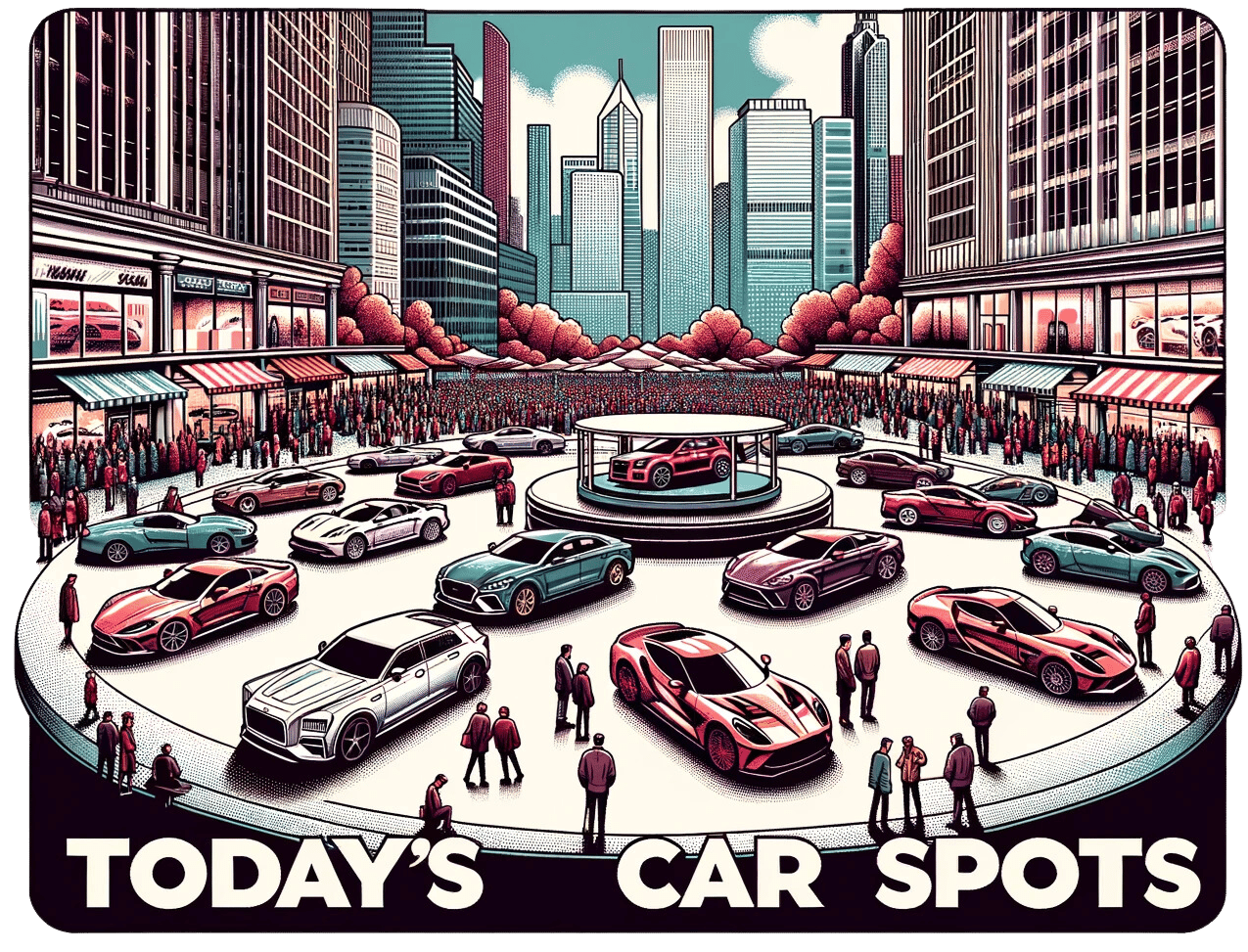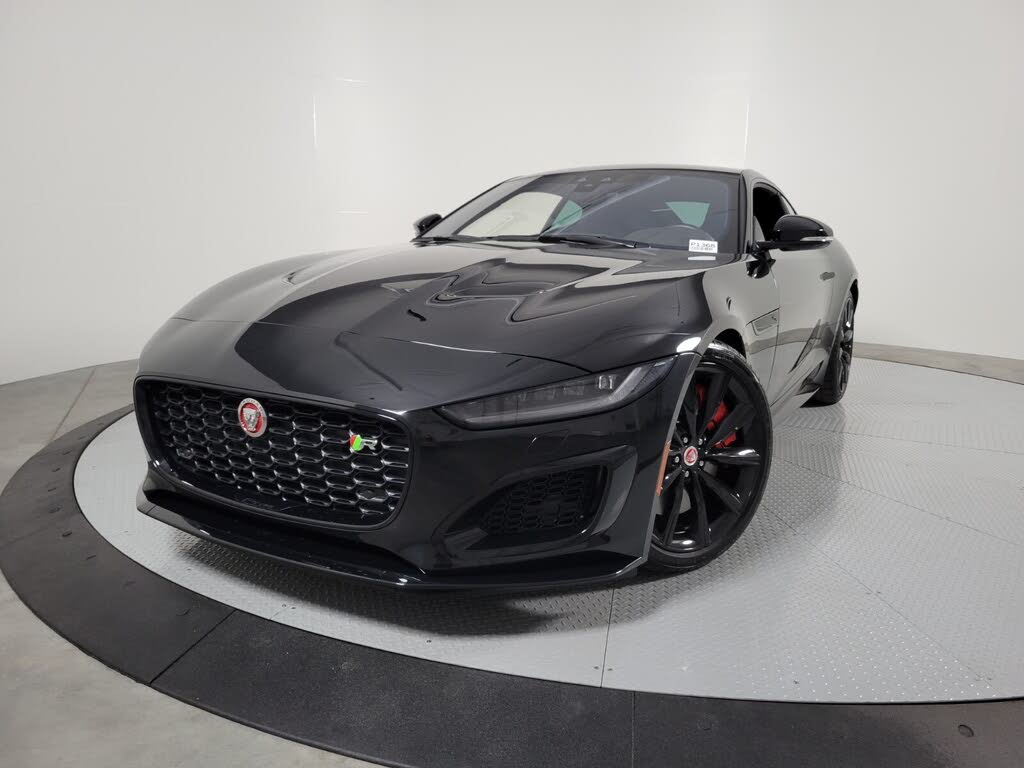- Luxury Car Deals
- Posts
- 🏎️ FUTURE CLASSIC - Ferrari F430
🏎️ FUTURE CLASSIC - Ferrari F430
PLUS: Bugatti's Carbon Fiber, Obsession, The LAST Gas Powered Jaguar, and MORE


The F430 is one of my favorite Ferraris of all time. It has an aggressive and iconic look while keeping the naturally aspirated V8. I already know my answer to the poll below is a resounding YES. How about you?

As a follow-up to last issue’s poll, we saw 90% of people have a desire to visit a car enthusiast’s paradise like Wilzig Manor. No surprise there 🙂


"The Underrated Gem: The 2004–09 Ferrari F430 Proves Itself as a Worthy Future Classic!"
The 2004–09 Ferrari F430 may have been overshadowed by other models in the past, but it is now emerging as a worthy future classic. While some Ferraris are instantly recognizable and hold a special place in our minds, the F430 seems to be a car that many people struggle to recall. However, when considering its driving performance, it becomes clear that this car deserves recognition. The F430 was derived from the 360 Modena and acted as a bridge between the 360 and the iconic 458. It may not be as aesthetically striking as its predecessors or successors, but it had some notable features. It was powered by a new V-8 engine that produced more power and performance than its predecessor. The F430 also introduced the first electronically controlled differential and the famous "manettino" controller. It was the last mid-engined Ferrari to offer a manual gearbox, and today, manual F430s have a significantly higher value than automatic models. The driving experience of the F430 was a marked improvement over the 360 Modena. It had more power, more mid-range torque, and a smoother ride. The adaptive damping gave it excellent ride quality, and the aerodynamics made it stable and rewarding to drive at high speeds. At the time of its release, Ferrari was not at its best in terms of product quality, but the F430 marked a turning point, replacing the flawed 360 Modena and paving the way for future successful models like the 599 GTB and FF. The author recalls traveling to Italy to test drive the F430 and feeling relieved by its performance. The new engine, though shared with Maseratis, felt brand-new in the F430. It was sharp, responsive, and felt completely different from its predecessor. Little did the author know that the F430 would eventually be overshadowed by the monumental 458 Italia. In conclusion, while the F430 may have been eclipsed by other Ferraris in the past, its driving performance and significance in the brand's history make it a worthy future classic. Its unique features, improved driving experience, and role in revitalizing the Ferrari lineup make it a car worth remembering.
Well this is a fun race. Let’s see how some highly tuned BMWs compete against a Chiron. The Bugatti really is my favorite car to “benchmark” against.
Other Newsletters Our Readers LOVE
These are the other publications Super Veloce readers LOVE
Become a better investor with our free 4x-weekly newsletters.
Health Hack is your weekly five-minute guide to the technology that's transforming health, fitness, and wellness 💪
Join 700,000+ other people who read the 4x-weekly newsletter that gives you "the gist" of what's going on in the sports world

Bugatti's Unparalleled Obsession with Carbon Fiber Delivers Stunning Results
Bugatti's obsession with carbon fiber is unmatched in the luxury and sports car markets. The company utilizes carbon fiber in various components of their vehicles for its lightweight nature, increased strength, and rigidity. Despite the challenges of working with carbon fiber, Bugatti embraces it as a vital part of their brand identity. Not only does Bugatti use carbon fiber in the monocoque of their cars, but they also incorporate it into the panels. They offer customers a wide range of exposed carbon options, allowing for unique and striking designs. However, the process of creating a car with exposed carbon fiber is arduous and time-consuming. Every panel must have aligned weaves at a perfect 45-degree angle, with even a one-degree deviation leading to scrapping the panel. When ordering exposed carbon fiber, the lines must match perfectly across the entire vehicle, resulting in congruent, symmetrical lines and flush gaps. The meticulous design team at Bugatti ensures that no imperfections are overlooked. Once the carbon fiber panels are aligned correctly, a clear coat is applied by hand. Multiple layers are added, and the coloring can be adjusted and polished according to the desired outcome.

"Jaguar Unveils F-Type ZP Edition: The Epic Farewell to Gas-Powered Sports Cars!"
Jaguar has unveiled the F-Type ZP Edition, a special edition of its F-Type sports car that will be the last gas-powered sports car designed by the company. With Jaguar transitioning to an all-electric lineup starting in 2025, the F-Type ZP Edition represents the end of an era for the brand. Limited to just 150 examples worldwide, the ZP Edition is available as a coupe or convertible and comes equipped with a 575-hp version of the supercharged 5.0-liter V-8 engine. The car features unique touches by SV Bespoke, Jaguar's personalization department, and pays homage to the racing campaign called Project ZP that was launched shortly after the debut of the 1961 Jaguar E-Type. The ZP Edition incorporates modern interpretations of the colors of two winning cars from the races in that campaign. Options for the ZP Edition include exterior colors in Oulton Blue or Crystal Gray, with split leather interiors in Mars Red and Ebony or Navy Blue and Ebony, respectively. Both options also feature a racing-style white roundel on the doors and a white grille surround. Performance-wise, the F-Type ZP Edition offers an 8-speed automatic transmission, all-wheel drive, and delivers a 0-60 mph acceleration time of 3.5 seconds, with a top speed capped at 186 mph. Pricing details for the F-Type ZP Edition have not yet been announced.

"Jay Leno Takes the Wheel of the Iconic 1951 Ferrari 212 Inter - A Classic Gem!"
In a recent episode of "Jay Leno's Garage," Jay Leno had the opportunity to drive a family heirloom: a 1951 Ferrari 212 Inter. This particular car holds the distinction of being the longest-owned Ferrari, as it has been in the same family since it was purchased by its original owner, Rodolfo Junco de la Vega, in the 1950s. What makes this Ferrari even more special is that it is all original, with the exception of the paint and carpet. It still retains its original Colombo V-12 engine, which produces 150 horsepower and is mated to a 5-speed manual transmission. The 212 Inter featured a tubular chassis, which provided increased rigidity and served as the basis for various other models in the Ferrari lineup. As Jay Leno takes the car for a spin, he marvels at its originality and character. He notes that while restored classic Ferraris can fetch millions at auction, there is something special about driving an unrestored, original car. Leno points out some of the unique features of the car, such as the different-sized bolts, which were a result of the mechanics using whatever was on hand at the time of assembly. Overall, the 1951 Ferrari 212 Inter is a stunning example of automotive history and a testament to the craftsmanship and design of early Ferraris. Its status as a family heirloom only adds to its charm and legacy. As Jay Leno puts it, "There's no substitute for an original."

Every issue we look to bring you the best car spots that we find across the world. We’re talking about the 1 of 1 rare exotics and cars that you might be lucky to see once in a lifetime.
Ese Lamborghini Miura de Lando Norris, vale más que el presupuesto de Haas de toda la temporada.
— 🏁【 Alerta F1 】🏁 (@AlertaF1)
3:01 AM • Oct 3, 2023
Lando Norris arriving in STYLE with a classic Lamborghini Miura.

In every newsletter, we share a few sports cars and exotic cars that we think are great to own and also priced really well. If we could, we’d go and buy all of them…






